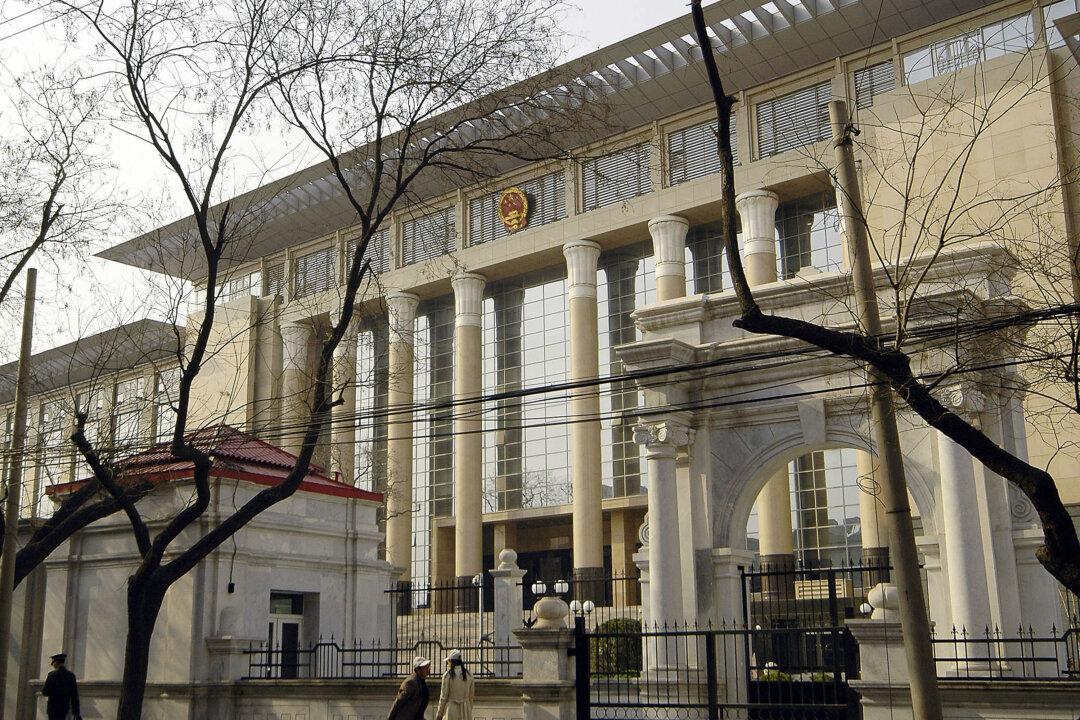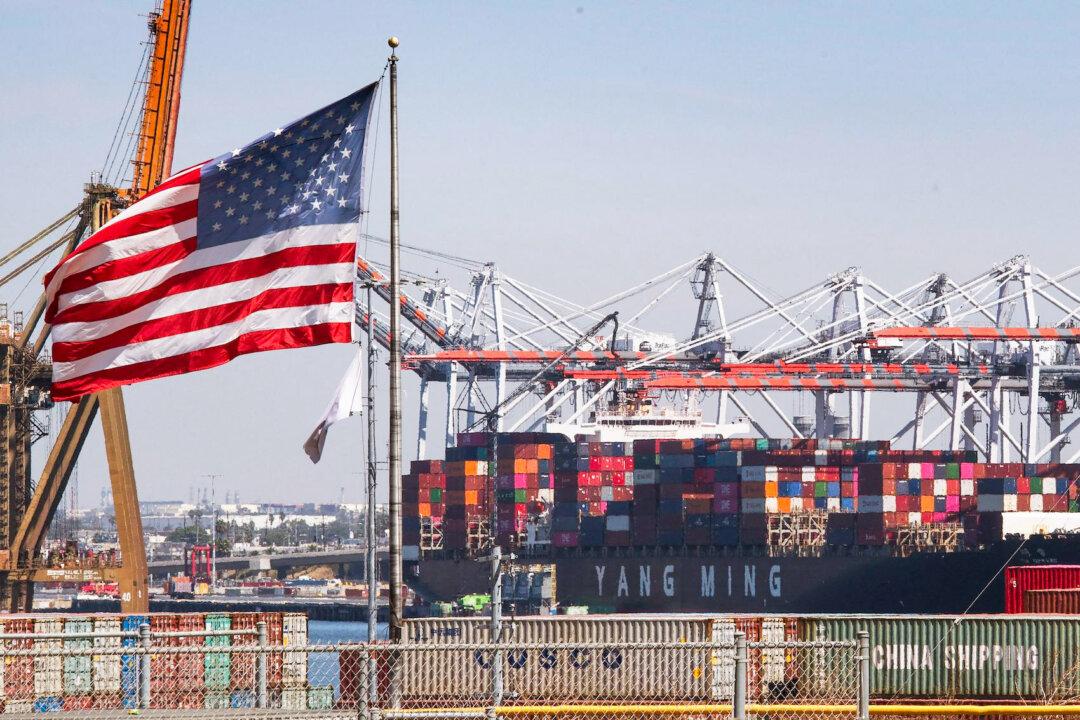Commentary
New attention is finally being focused on communist China, thanks to the new House Select Committee on Strategic Competition between the United States and China, whose members have started using the rarely spoken “t” word (threat) in referring to the Chinese Communist Party. Rarely spoken because many in the U.S. political class support engagement with China, not confrontation, and thus have ignored increasing Chinese aggression and belligerence in the interest of commerce. Meanwhile, the Republican-controlled House Financial Services Committee passed seven bills out of committee on Feb. 28 that deal directly with communist China and Taiwan. There will be more to follow from other House committees.





